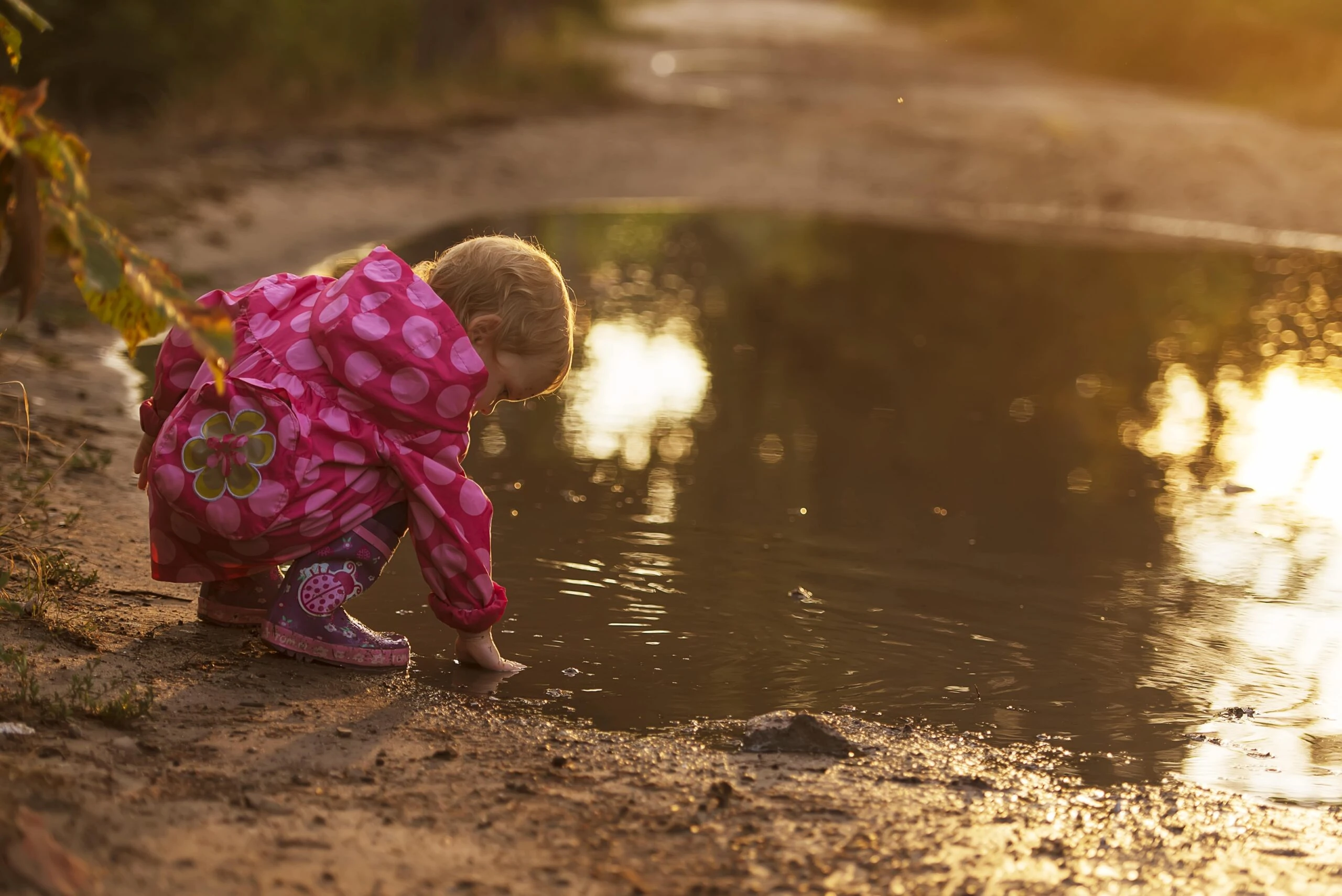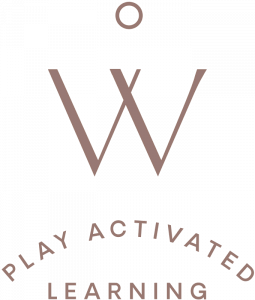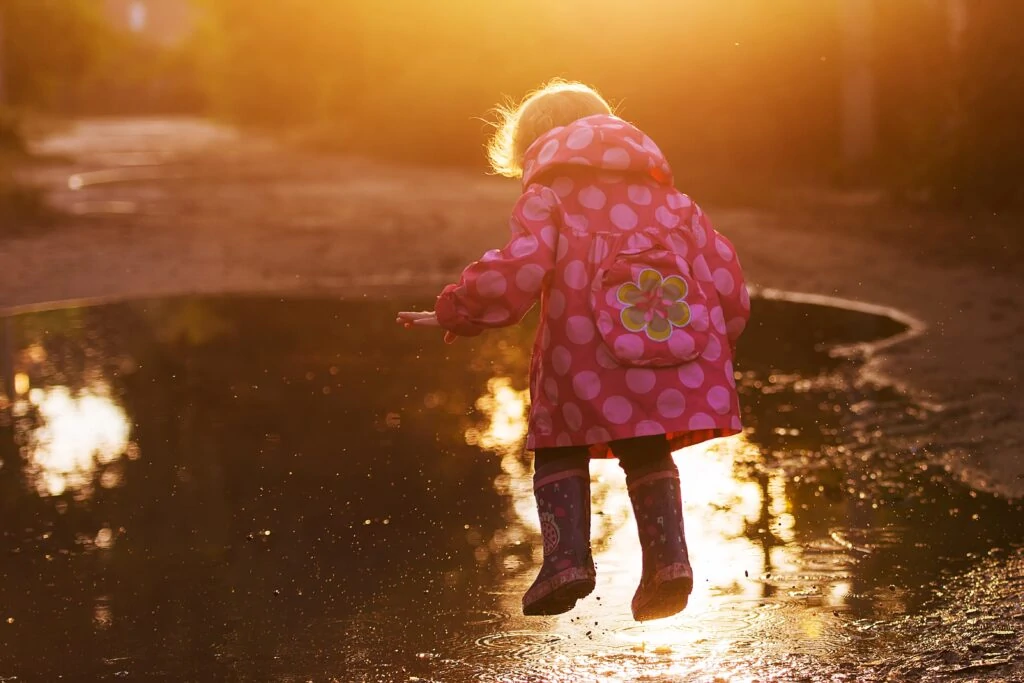
By now, every caring parent knows how much learning and growth goes on in the outdoors without sophisticated equipment or organized activities. Simply running in a large open space or rolling down a hill can help a child develop both gross and perceptual-motor skills.
Most parents value the development of “gross motor” skills and encourage activities using large muscles such as running, jumping, climbing, and throwing.
Not as well known are “perceptual-motor skills,” the interaction of various channels of perception (visual, tactile, vestibular) with motor activity. For example, a baby kicking in his crib is exhibiting gross motor activity. A child, when kicking a ball, is exhibiting visual motor integration, the coordination of vision and gross motor activity.
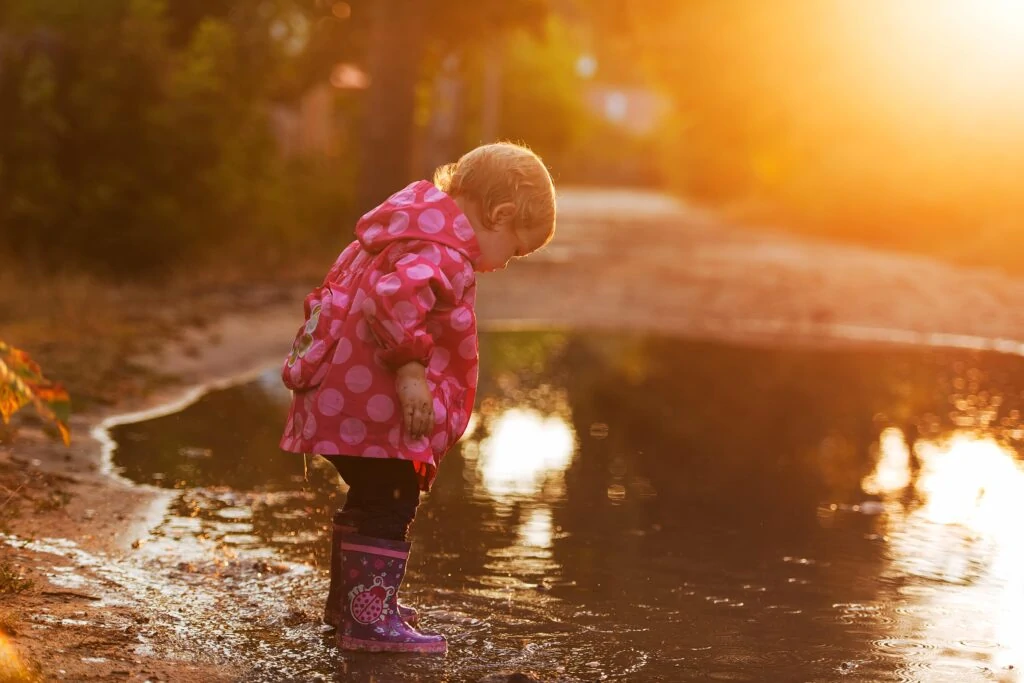
Motor and perceptual abilities are integrally involved in the process of learning and are basic components of a child’s total development. Early perceptual-motor development can be seen as a prerequisite to later, higher levels of learning, including reading skills.
One perceptual-motor skill that develops through outdoor play is laterality, the awareness of two sides of the body and the ability to use those two sides independently of one another. Any activity that alternates feet or arms or sides of the body – like running, skipping, creeping, marching, and climbing – improves laterality.
Laterality becomes vitally important as a child begins to read and write. When she has a clear sense of the two sides of her body internally, she can begin to recognize the importance of sides and directions externally. How else does one distinguish lowercase ‘d’ from ‘b,’ but by recognizing that they go in different directions?
Laterality is also imperative for ease with writing. Handwriting is actually a two-handed skill- one hand holds the paper while the other hand does the writing.
Another perceptual-motor skill is bilateral integration, the ability to use both sides of the body at the same time. Jumping on two feet, swinging both arms in a broad jump, and playing hopscotch are all terrific activities for developing bilateral integration. Besides being postural well-balanced, the child with good bilateral integration will have a better ability to support binocularity, and the use of both eyes together. Binocularity is imperative for processing depth perception.
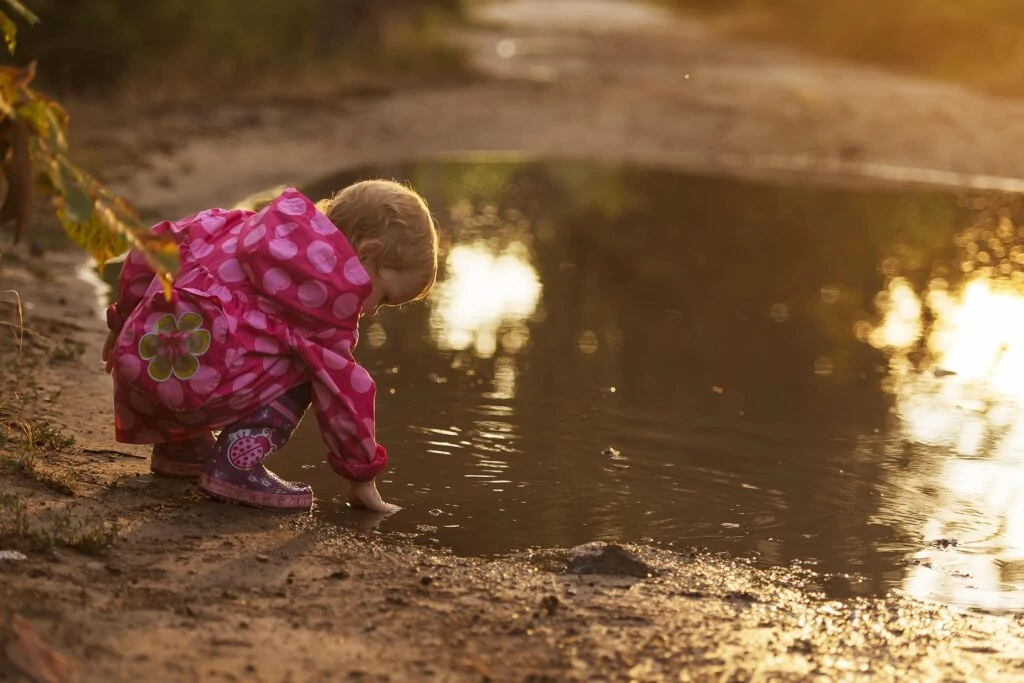
Motor planning, the ability to use one’s body in the most effective and efficient way possible, develops daily as the child grows. Large muscle play encourages motor planning in a special way. Each time the child runs, gallops, jumps, throws, rolls down a hill or splashes in a puddle, he is giving his body a new movement experience.
By repeated practice of these skills, the body learns the most efficient way to perform each task. The child learns to integrate the specific movements necessary to perform the skill. Motor planning is an essential pre-writing skill, as handwriting is an extremely complex motor task.
Outdoor play also encourages visual motor integration. A child’s visual system is farsighted in the early years. Not until age seven or eight is the visual system prepared to handle a great deal of close work, such as that involved in reading and writing.
By performing large muscle tasks that utilize the large spaces outdoors, a child gives his visual system the practice it needs at the level it is physiologically prepared to handle. The child learns to use the information he receives visually along with specific motor skills to perform an integrated set of movements, such as throwing, catching, and kicking. By using his eyes in an active, non-stressful way, the child is actually improving his control over his visual system.
Sound perceptual motor skills increase the chances for success in the classroom and beyond. Put away those flashcards and let your child romp and roll, skip, and splash her way to academic success.
(Adapted from an article in Parent & Child, May 1988)
References
Casey, Theresa (2007). Environments for Outdoor Play A Practical Guide to Making Space for Children. Paul Chapman Publishing.
Hargrove, Todd R. (2019). Playing With Movement: How to Explore the Many Dimensions of Physical Health and Performance. Better Movement.
Kranowitz, Carol Stock; Newman, Joye (2010). Growing an In-Sync Child: Simple, Fun Activities to Help Every Child Develop, Learn, and Grow. TarcherPerigee.
